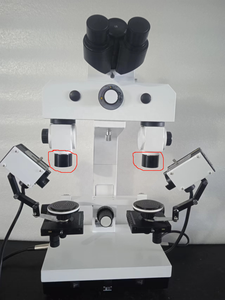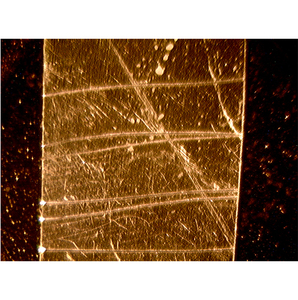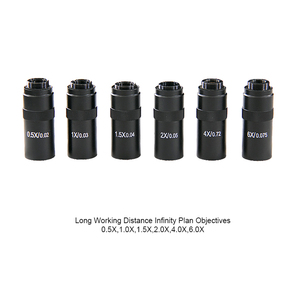Introduction to Forensic Comparison Microscope
A forensic comparison microscope is an essential instrument in the field of forensic science, designed to compare and analyze minute details in various forensic samples. By providing a dual view, it enables forensic experts to meticulously examine and match evidence, significantly contributing to the investigative process. This sophisticated tool is widely utilized in criminal investigations, forensic labs, and various academic research settings to ensure accuracy and objectivity in evidence comparison.
Types of Forensic Comparison Microscopes
There are several types of forensic comparison microscopes, each tailored for specific applications and comprising unique features. Understanding these variations allows professionals to select the most suitable model for their forensic analysis needs:
- Optical Comparison Microscope: Utilizes light to magnify specimens, ideal for comparing hairs, fibers, and other small objects.
- Digital Comparison Microscope: Incorporates digital imaging technology for enhanced analysis and documentation, providing easy data sharing.
- Trinocular Comparison Microscope: Equipped with a third eyepiece for connecting cameras, facilitating visual recording of analysis.
- Stereo Comparison Microscope: Offers three-dimensional views of samples, perfect for examining larger specimens or objects with complex surfaces.
Applications of Forensic Comparison Microscopes
Forensic comparison microscopes find a wide range of applications in different domains, proving their importance in the meticulous process of forensic analysis:
- Ballistics Analysis: Used to compare bullets and cartridge cases, helping to link firearms to specific incidents.
- Trace Evidence Examination: Assists in analyzing hairs, fibers, and other trace materials that may connect suspects to crime scenes.
- Document Examination: Facilitates the comparison of inks, papers, and writing styles to detect forgery or verify signatures.
- Textile Analysis: Applied in fashion or textile-related forensic investigations to identify fabric sources and match crime scene evidence.
Features and Benefits of Forensic Comparison Microscopes
The effectiveness of forensic comparison microscopes lies in their specialized features, which enhance forensic analysis and investigation:
- High Magnification: Offers magnification capabilities ranging from 10x to 1500x, allowing detailed observation of minute details.
- Co-axial Illumination: Enhances visibility and contrast, providing clearer images of translucent or transparent samples.
- Adjustable Zoom: Enables experts to swiftly change magnification levels for quick comparisons without losing focus.
- Durability and Portability: Many models are designed for rugged use in various environments and are lightweight for easy transport.


































































































































































